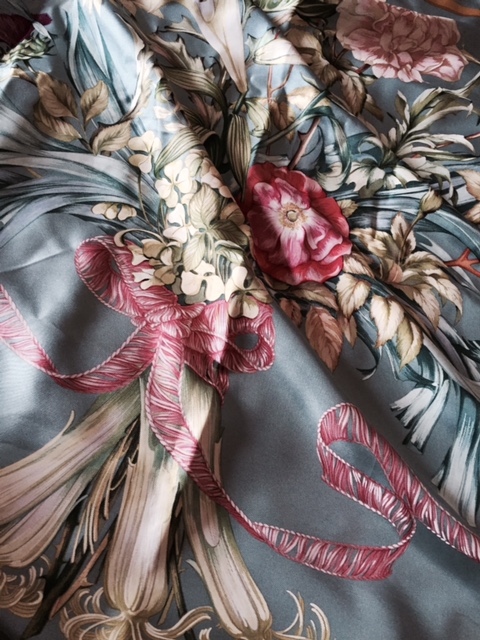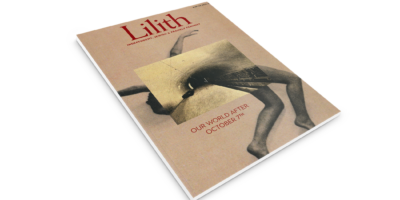
Jewish Thrifting
I’m on high alert even before I walk through the door, fully charged and primed for action. For the next couple of hours, I will ignore phone calls, texts and emails, morphing into the Bionic Woman, with no need to sit, eat, drink or use the restroom. I am about to embark on what for me is a quasi-scared endeavor: pawing through the schmattes in the National Council of Jewish Women’s thrift shop on East 84th Street in NYC. I love thrift shops of all denominations, but as a Jewish woman, I derive a certain extra bit of nachas from the thrift shops run, and frequented by and most essential of all, donated to by my foremothers, the women of my tribe.
I make these visits with some regularity and with the exception of socks, pantyhose and underwear, depend on them to purchase all of my clothing. I buy nothing new. Why should I? Sadie, Mollie, Esther and Bunny and their pals have already provided me with everything I ever wanted—and more. A long, black cashmere coat from Saks, an Ungaro jacket in maroon quilted velvet, a heavily encrusted purple silk skirt, all beading and sequins, from Ralph Lauren—these are only a few of my thrift shop finds.

There are practical reasons to switch to thrifting: it’s economical and allows me to afford clothes that I would otherwise only dream of. And I believe we have an almost moral imperative to buy secondhand: there is too much stuff in the world and we have an obligation to reuse it.
But even without these incentives, I would still be a Second Hand Rose, for reasons that are less quantifiable but every bit—at least to me—compelling. I feel strange kind of tenderness and pity for all the abandoned and discarded garments, and am endlessly curious about their former owners. Who bought those wide black pants trimmed in feathers and where did she go in them? That pleated navy jumpsuit with the gold trim? The powder blue suede miniskirt? Each has a story to tell and oh, what a story it must be. In my imagining those stories, it’s as if I have been able to resurrect not just the garments, but the women who wore them.
I should add here that I come from a venerable line of thrifters. My mother had the bug, and so did my grandmother, Tania. Well into her eighties, Tania worked as a volunteer at the thrift shop of a Jewish charity in Miami when Collins Avenue and Lincoln Road were still the province of elderly, Ashkenazi Jews who traded the harsh winters of the north and east—in my grandmother’s case, it had been Detroit—for the sunny climes of Southern Florida. My grandmother traveled an hour by bus to get to this thrift shop, and she was given advance pick of the donated merchandise, which is how I came to own the exquisite silk scarf with the lush pink and coral flowers splattered all over it. The name Hermès meant nothing to Tania, but she had a keen eye and the heavy silk, glorious pattern, and hand rolled edges spoke to her of quality. “I thought you would like it,” she said. “And if you didn’t, that was okay too—it only cost $2.50.”
But to get back to the National Council thrift shop, its cousin, the Chai Thrift in Brooklyn, and that wonderful synagogue thrift shop on Long Island, whose name and town elude me now, though I can still tell you what I found there. Here are my roots, here are my people. The ladies, like my grandmother, may now be gone. But what they gathered and cherished, their cunningly styled evening bags, fur coats, palazzo pants and cocktail dresses, represent a group portrait, a patient construction of self that continues to live on, at least for those of us with the eyes to discern it.



